Early days of fabric softeners
Historically, fabric softeners first appeared in the early 20th century. They were introduced because the dyes used back then left cotton fabrics with a harsh feel. These early softeners were made from corn, olive or tallow oil mixed with water. The idea was to leave a thin layer of fatty material on the fabric to make the surface fibers smooth and provide a softer feel. Because oil and water do not mix, soap was added as an emulsifier, preventing the oily and aqueous layers from separating.
Static cling
As various synthetic materials came into use, there was another problem, the static cling. Cotton, for example, is made of cellulose, while a synthetic fiber may be made of polyester or polyamide molecules. When fabrics rub against each other electrons can be transferred from one piece to another. The fabric that has lost electrons will become positively charged, while the one that has gained electrons will now have a negative character. Unlike charges attract each other, and voila, we have static cling.
One way to counter the problem is to introduce moisture. This, however, defeats the purpose of a dryer.
Quats
Modern chemistry has come to the rescue with Quaternary ammonium compounds, commonly referred to as “quats”. When added to laundry during the final rinse, quats will prevent static cling in the dryer. They will also provide the slip and lubricity that makes the fabric feel soft thanks to their molecular structure much like those found in fats.
Reasons to use fabric softener
- It helps to reduce static electricity in your clothing
- Your clothes will come out smelling like your grandma’s house (considered by some to be a good thing)
- It makes your clothes softer and fluffier and reduces fabric stiffness
- Arguably, it makes shirts easier to iron
- Some also believe it makes clothes brighter
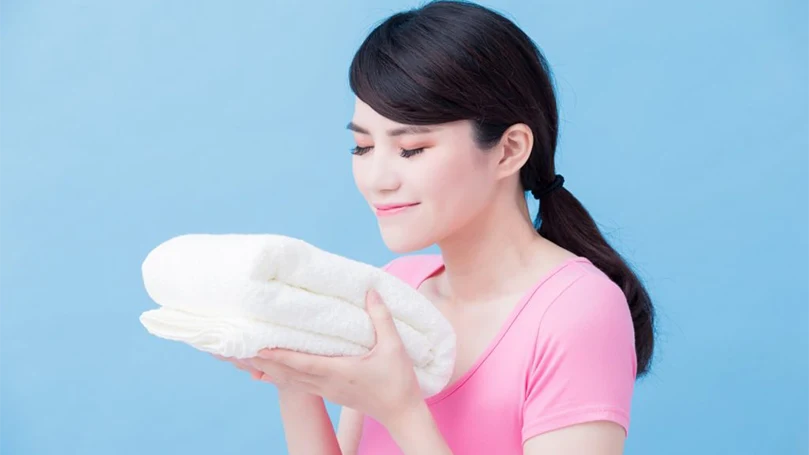
Reasons not to use fabric softener
- The perfumes used in fabric softener can irritate the skin (especially kids’)
- Perfumes are also bad for people with eczema or asthma
- Fabric softener reduces the absorbency of towels
- It has a tendency to build up inside your washing machine, which is bad for the mechanics of the washer
- It’s especially bad for front loading machines, as it can destroy the rubber door seal
- Fabric softener can damage certain types of fabric, including synthetic clothing (such as high-performance sports gear), linen, and silk
- It can also make fabrics less flame retardant – which is why it’s not recommended for use with children’s sleepwear
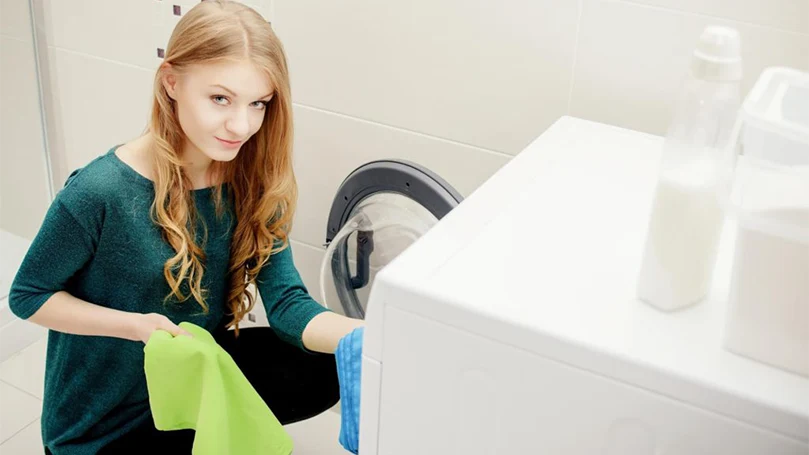
Fabric softener alternatives
There are some alternatives to fabric softener. Here are some of them.
Dryer sheets
Dryer sheets are gauze-like pieces of tissue paper you can pop into the dryer to reduce static electricity. They also add a pleasant fragrance and help to soften your clothes.
Anti-static sprays
Anti-static sprays prevent your clothes from clinging. Some brands also include a fragrance to keep you smelling nice.
Laundry detergent with fabric softener
Modern washing detergents have been specially designed to leave your clothes soft. Which makes the addition of a separate fabric softener a little redundant.
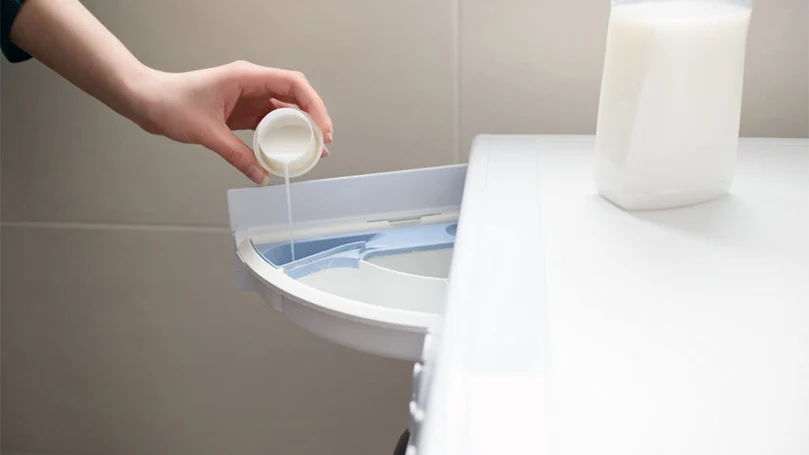
Dryer balls
Dryer balls are small, gummy, spiky spheres you can chuck into the dryer to reduce static and lint. They last for ages and are a smart alternative to using fabric softener, anti-static sprays, or dryer sheets.
Using less laundry detergent
If your clothes are coming out of the machine all stiff and scratchy, it could be because you’re using too much laundry detergent. Experiment with the dosage to see what works for you. Heavily soiled loads will always require a little more detergent than usual, but most loads are not terribly dirty and don’t require as much as you think.
Use lower spin speeds
Many front load washing machines on the market offer incredibly powerful spin speeds in excess of 1000 RPM. However, by forcibly wringing water from your clothes, you run the risk of stiffness.
Although it will take longer for your towels to dry if you spin them at 600-800 RPM, they will end up softer and fluffier.

Do-it-yourself softeners
We’ll present you some recipes for homemade fabric softeners. They won’t work quite as well as the commercial products (you can compare them in our fabric softener test), but at least you’ll know exactly what’s going into your wash.
Recipe 1
- 6 cups vinegar
- 1 cup baking soda
- 10 drops essential oil
Put your vinegar into a large bowl; add your favorite essential oil. Add the baking soda and let it stand till the fizzing stops. Use a cup per load.
Recipe 2
- 5 cups hot water
- 3 cups vinegar
- 1 cup hair conditioner
Mix hot water and conditioner together. Pour in vinegar and put the mixture in a container. Use around half a cup in the regular softener dispenser in your washer or during the rinse cycle.
Recipe 3
- 1 cup of Epsom salt or coarse sea salt
- 15 drops of your favorite essential oil
- ¼ cup baking soda
Mix all ingredients together and use a few tablespoons prior to the rinse cycle.
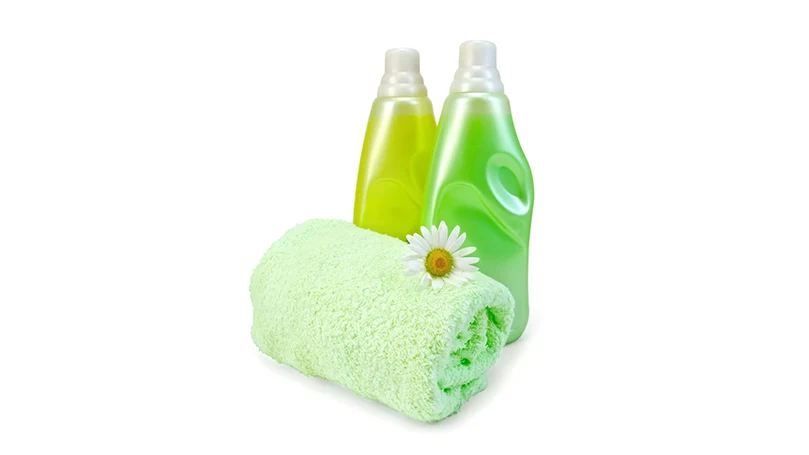
Conclusion
Fabric softeners are a really useful product to prevent stiffness and static of clothes and towels. However, fabric softeners could be pretty inconvenient for someone prone to allergies or asthma, and they also damage washing machines. There are many alternatives to using fabric softeners, and most of them are very affordable and generally useful. In the end, if everything else fails you can make your own home-made softener which won’t work as well as the commercial products, but at least you’ll know what’s going into your wash.

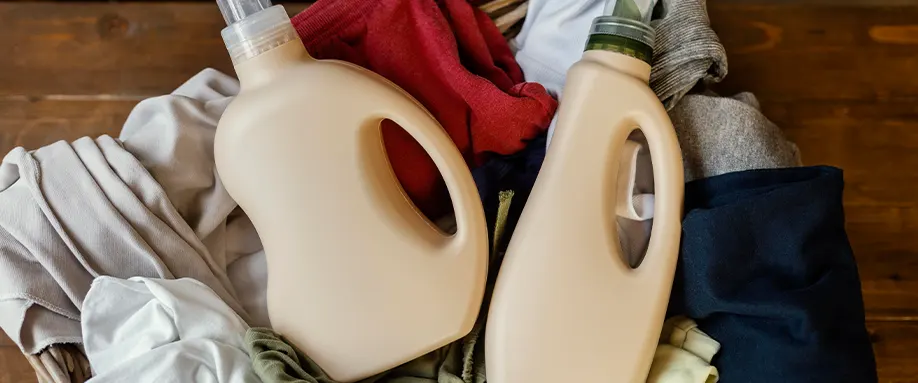
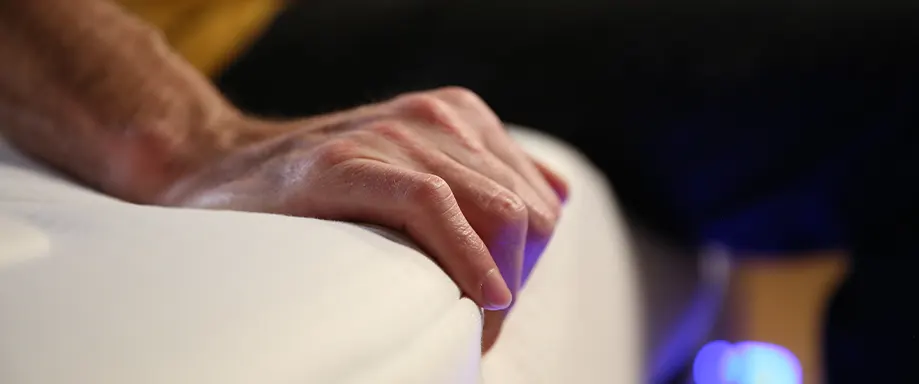
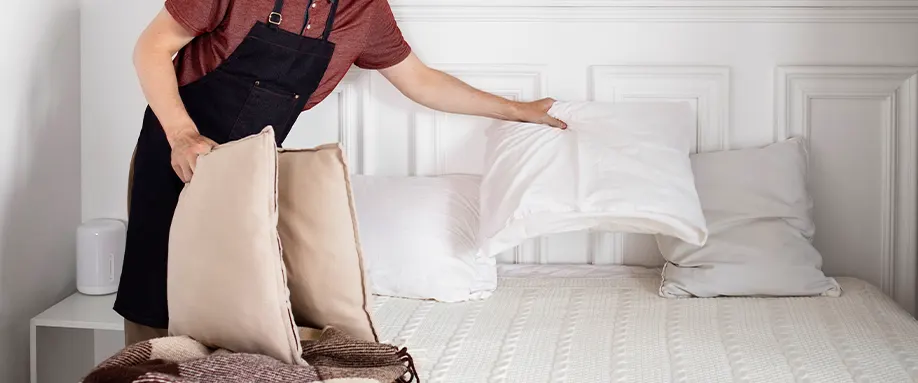


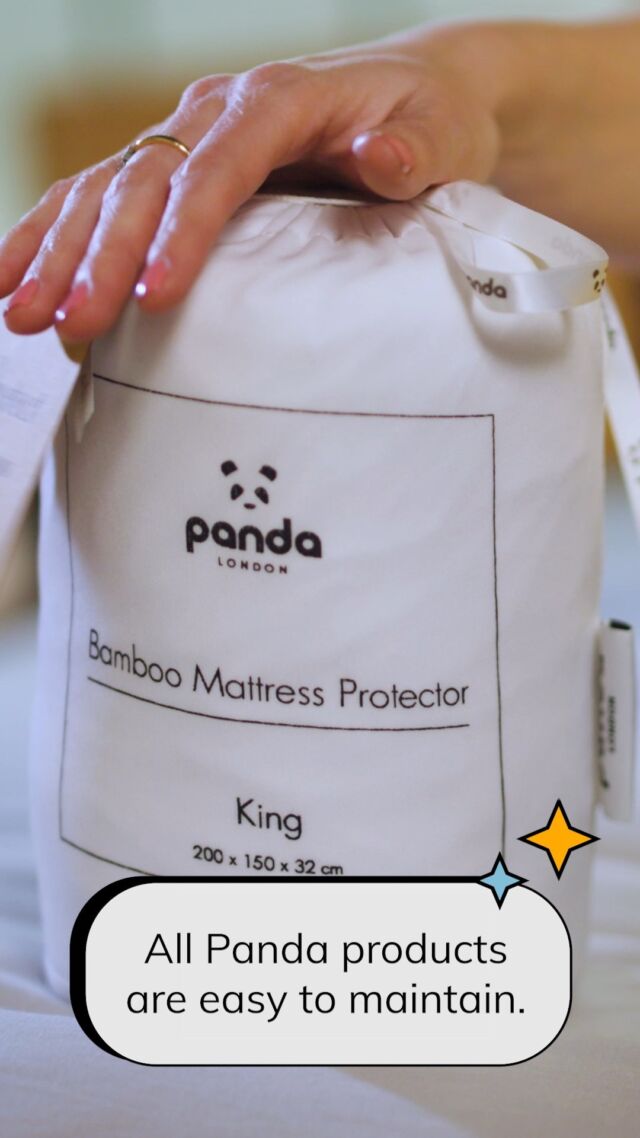





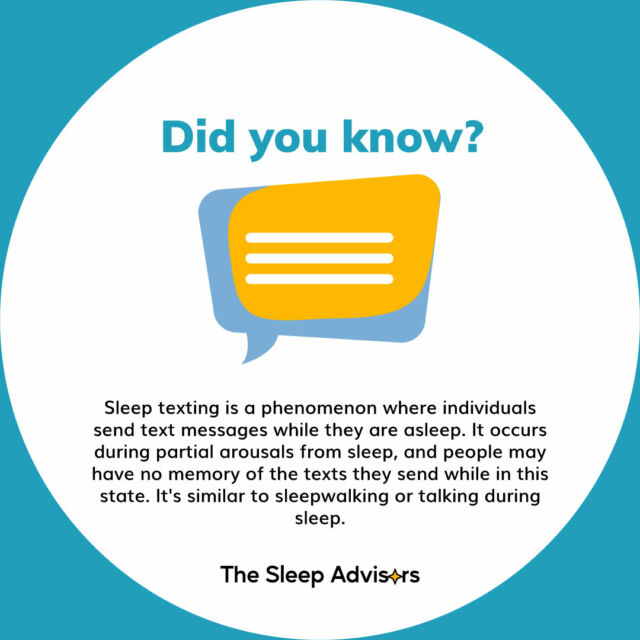
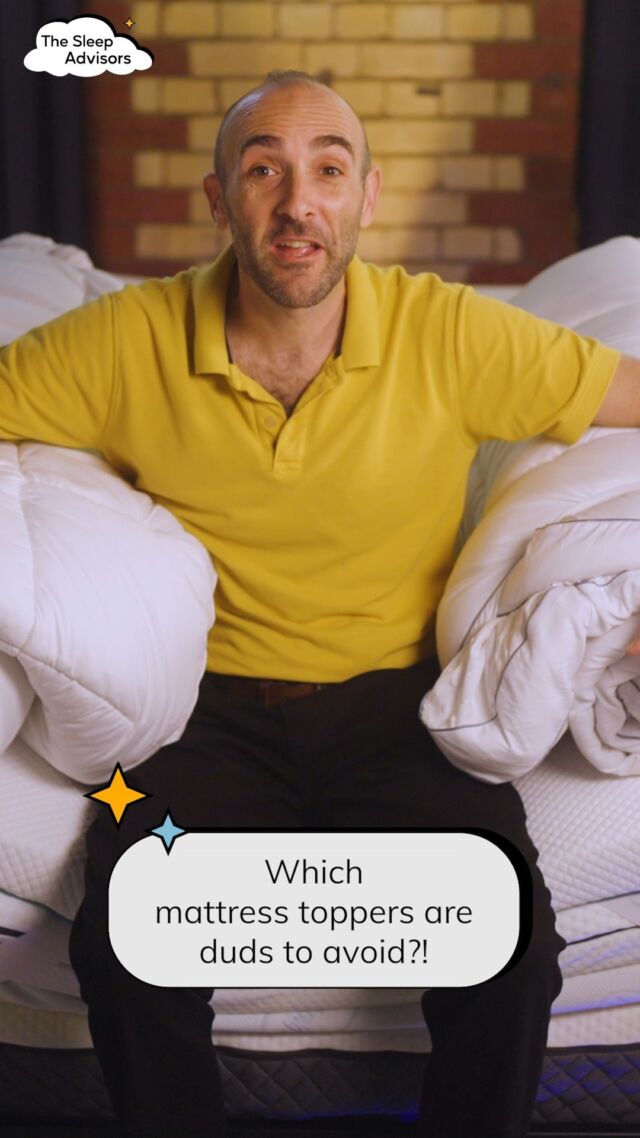


There are no comments yet
"*" indicates required fields